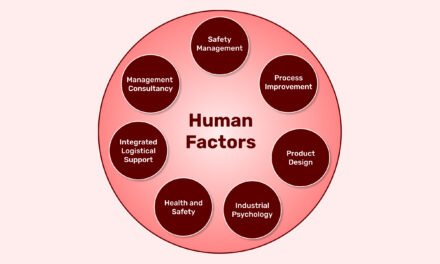
How do you manage shipping and logistics for international markets in Medical Device Industry?

Managing shipping and logistics for international markets in the medical device industry involves careful planning, compliance with diverse regulatory requirements, and effective coordination to ensure timely, secure, and efficient delivery of products across borders. Here are several key strategies to effectively manage international shipping and logistics:
1. Regulatory Compliance
- Understanding Regulations: Each country has its own regulatory requirements for medical devices, including import regulations, product labeling, and device registration. It’s crucial to stay informed about these regulations to ensure compliance and avoid delays.
- Documentation: Prepare and manage the necessary documentation such as certificates of origin, import licenses, and customs declarations to meet each country’s requirements.
2. Logistics Partners
- Selecting Experienced Partners: Work with logistics partners and freight forwarders who have experience in handling medical devices and are familiar with the regulatory landscape of the target markets.
- Service Level Agreements (SLAs): Establish clear SLAs with logistics partners to ensure timely delivery and handling of the devices according to prescribed standards.
3. Shipping Conditions
- Temperature Control: Many medical devices and products require controlled temperature conditions. Utilize specialized shipping containers and monitoring devices to ensure products maintain their efficacy.
- Packaging Standards: Ensure robust packaging that complies with international standards to protect sensitive devices from damage during transportation.
4. Inventory and Distribution Strategy
- Centralized vs. Localized Warehousing: Decide between using centralized warehousing to serve multiple markets or localized warehousing in key markets to reduce shipping times and costs.
- Safety Stock: Maintain safety stock levels at strategic locations to mitigate the risks of supply chain disruptions.
5. Customs Clearance
- Pre-Clearance Processes: Work with customs brokers to streamline the customs clearance process. This includes pre-filing paperwork and understanding tariff classifications to speed up customs clearance.
- Duty Management: Manage duties and taxes efficiently to reduce costs and ensure that the landed cost remains competitive.
6. Technology and Tracking
- Real-Time Tracking: Implement real-time tracking systems to monitor shipments and manage any in-transit issues promptly. This visibility is crucial for high-value medical devices.
- IT Integration: Ensure IT systems are integrated across the supply chain to improve communication, reduce errors, and enhance transparency.
7. Risk Management
- Insurance: Secure comprehensive insurance coverage for international shipments to protect against loss, damage, or theft during transit.
- Contingency Planning: Develop contingency plans for potential disruptions in the supply chain, including alternative routes and backup suppliers.
8. Market-Specific Considerations
- Cultural Understanding: Be aware of cultural differences that might affect business practices, including holidays, working days, and preferred communication methods, which can impact logistics and timelines.
- Language Barriers: Manage language differences in documentation and communication to avoid misinterpretations that could lead to delays or compliance issues.
9. Customer Service
- Local Support: Provide support in local languages and time zones to address any concerns from distributors or end-users promptly.
- Feedback Loop: Establish a feedback loop with customers and partners to continuously improve the logistics process based on their experiences and challenges.
10. Continuous Improvement
- Performance Metrics: Regularly review logistics performance against key metrics such as delivery times, costs, and customer satisfaction to identify areas for improvement.
- Adaptability: Stay adaptable to changes in international trade regulations, market conditions, and logistics technologies.




























